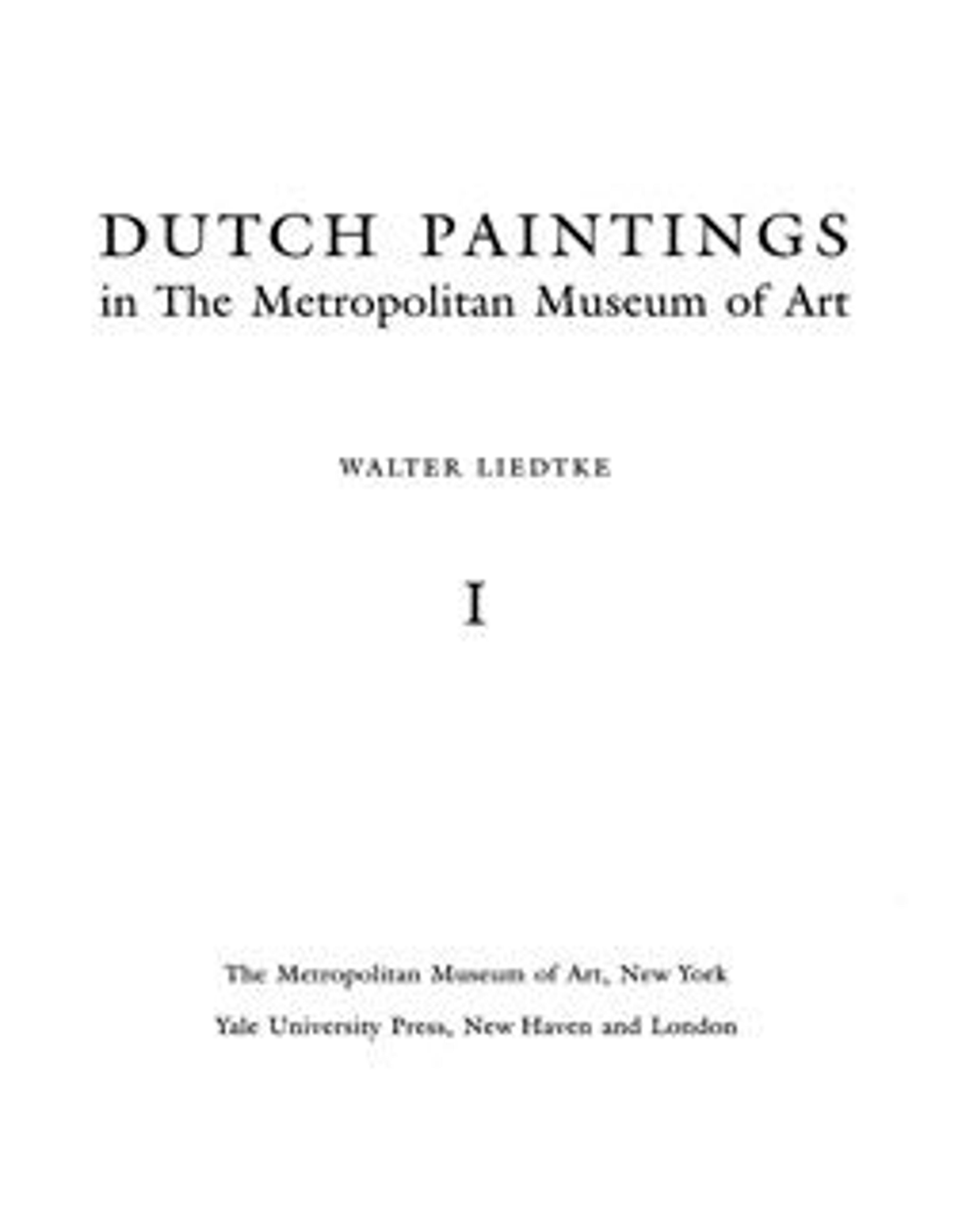Isaac Blessing Jacob
Jacob impersonates his elder brother Esau in order to receive the blessing of their father Isaac, a scheme conceived by Rebecca, the blind man’s wife. Rembrandt made several drawings of the Old Testament subject in the 1640s, and a few of his pupils followed suit. In this case Van den Eeckhout emulates the master’s style more successfully than his gift for effective staging.
Artwork Details
- Title: Isaac Blessing Jacob
- Artist: Gerbrand van den Eeckhout (Dutch, Amsterdam 1621–1674 Amsterdam)
- Date: 1642
- Medium: Oil on canvas
- Dimensions: 39 5/8 x 50 1/2 in. (100.6 x 128.3 cm)
- Classification: Paintings
- Credit Line: Bequest of Collis P. Huntington, 1900
- Object Number: 25.110.16
- Curatorial Department: European Paintings
More Artwork
Research Resources
The Met provides unparalleled resources for research and welcomes an international community of students and scholars. The Met's Open Access API is where creators and researchers can connect to the The Met collection. Open Access data and public domain images are available for unrestricted commercial and noncommercial use without permission or fee.
To request images under copyright and other restrictions, please use this Image Request form.
Feedback
We continue to research and examine historical and cultural context for objects in The Met collection. If you have comments or questions about this object record, please contact us using the form below. The Museum looks forward to receiving your comments.
